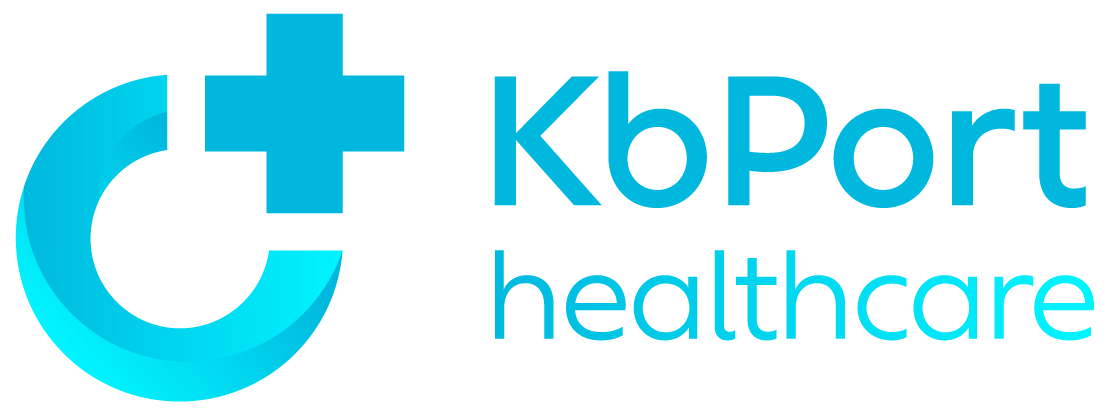Effectively Utilize Mobile Medical Carts in the Healthcare Industry

Public health informatics refers to using and managing health information and data, such as medical records. Mobile computer carts have not just changed the medical industry’s data management methods; they have revolutionized the overall quality of modern patient care.
Find out why mobile medical carts are an essential component of modern healthcare and how they can improve your facility’s care giving efficiency.
Improved Workflow and Care Giving Efficiency
Health informatics is at the crossroads between healthcare and information technology. Although the use of computers to streamline data management in healthcare facilities dates to the 1990s (coinciding with the rise of the Internet), mobile computers on wheels are a relatively recent development.
In the past, computer-equipped facilities were restricted to classic computer rooms, forcing personnel to take a deliberate break from their traditional clinical workflows to use the computers and update health records. Although they were a significant milestone over previous paper-based record management methods, they were static and inflexible.
Mobile computer carts integrate real-time electronic health record management into the existing workflow, bringing the computers directly to the caregivers, even when they are at the patient’s bedside. Studies show these tools increased the length of time nurses spent interacting with patients, in turn improving patient engagement and satisfaction.
Advanced Battery Technology Keeps Computer Carts Running
The primary disadvantage of non-mobile computerized healthcare systems is lack of flexibility.
During a busy shift, personnel frequently would spend more time navigating from room to room to enter data than performing caregiving tasks. In theory, the concept of a mobile computer cart equipped with an onboard battery seemed to be the perfect solution.
However, the earliest models employed sealed lead-acid (SLA) batteries, using the same technology as automotive batteries. While these carts were nominally mobile, they were heavy, cumbersome, and had long charging times (7-8 hours on average). These limitations made healthcare data management needlessly challenging, often requiring half a shift to regain a full charge.
Battery technology advancements made the mobile computer cart a viable and efficient tool in healthcare settings. Modern cart batteries possess lithium-iron-phosphate (LiFePO4) battery chemistry, hot-swappable batteries, and fast charging times.
KbPort Healthcare offers mobile cart power solutions such as Scott-Clark Medical’s FMCPT, which includes LiFePO4 batteries that weigh only 8 lbs. yet last up to nine hours. We also offer power solutions from Amstron, Elora, and UltraLife.
FMCPT-capable carts may also support up to two batteries at once, making them ideal for long-term care. With proper battery management, a dual-battery computer cart can remain powered indefinitely, swapping batteries as needed to keep the computer and other equipment online.
Computer Carts Are Safer and More Cost-Effective
Modern medical computer carts help healthcare facilities save money and improve patient safety in two primary ways:
Reduced Operating Costs
Although they have a battery life of approximately eight hours, the outdated SLA batteries used by previous-generation mobile computer carts could only last for approximately ½ of a shift before going back on charge.
In the past, healthcare facilities attempted to compensate for this problem by simply using a larger fleet of computer carts. However, this is a costly and inefficient solution. Some hospitals had so many units at their disposal; they reached as high as one cart per two beds.
Each cart features equipment that must be maintained, updated, and protected from theft. Large computer cart fleets are not only inefficient but also costlier to manage. Modern battery chemistry, such as LiFePO4, significantly reduces the time needed to charge a battery. On average, a LiFePO4 battery requires only four hours to go from one hour remaining back to 100%.
This advantage can be combined with dual-battery modules and hot-swapping to keep carts continuously powered, eliminating downtime and the need to compensate for that downtime with more machines. In turn, you will spend less on equipment maintenance without losing workflow efficiency.
Reduced Errors
According to the latest statistics published in August 2021, medical errors cause the deaths of approximately 100,000 patients per year, costing the industry over $20 billion annually.
Although the definition of a medical error encompasses multiple types of incidents, such as adverse reactions to a specific medical treatment, most of the financial costs associated with medical errors are legal fees. Fighting medical malpractice litigation can represent a significant source of fiscal waste for the average hospital.
Mobile computer carts on wheels help healthcare personnel reduce errors in two ways. Firstly, eliminating the amount of time spent in transit between the patient and the computer. And second, by reducing the risk of entering erroneous or outdated information.
Computer carts allow nurses, doctors, and other personnel to enter data and update electronic health records at the point of care with fewer errors and delays. The information entered is more accurate, resulting in fewer medical errors and reducing the associated costs.
OPENING HOURS
| Week Days – TX |
8:00 – 4:30 CT |
| Week Days – PA |
8:00 – 4:30 EST |
